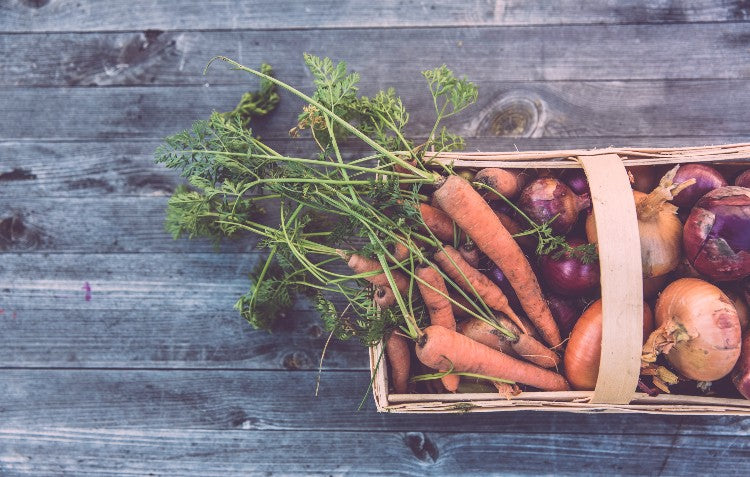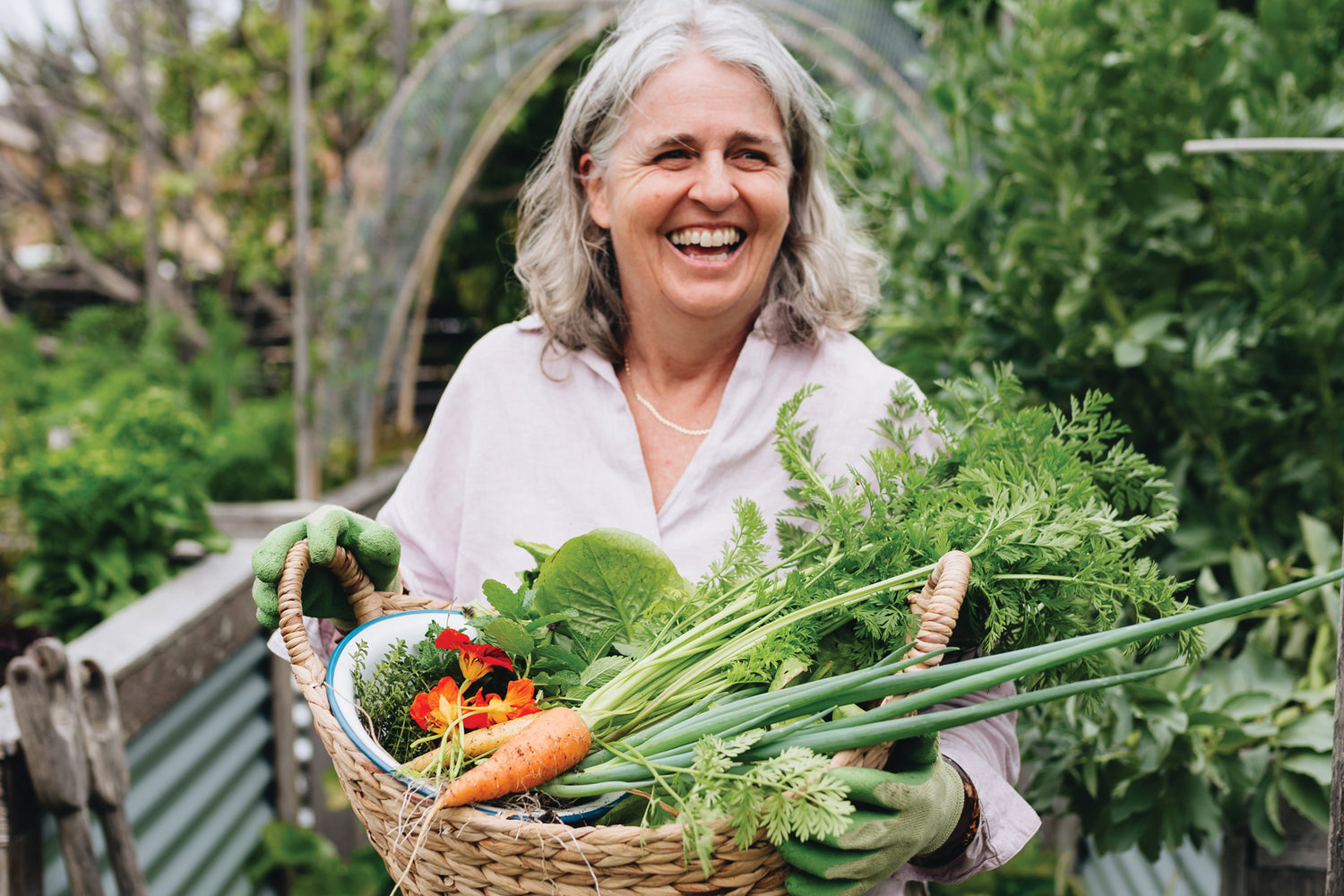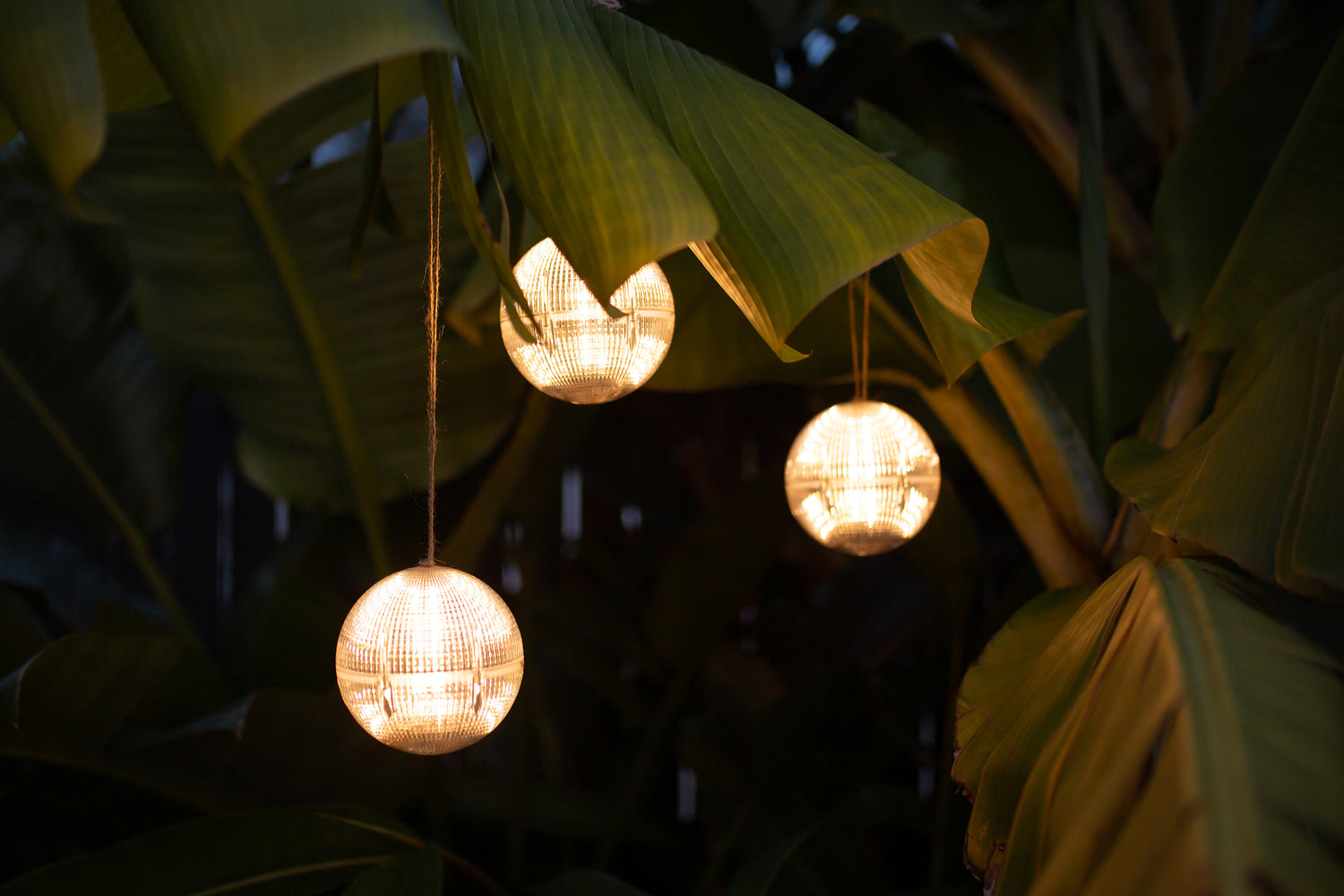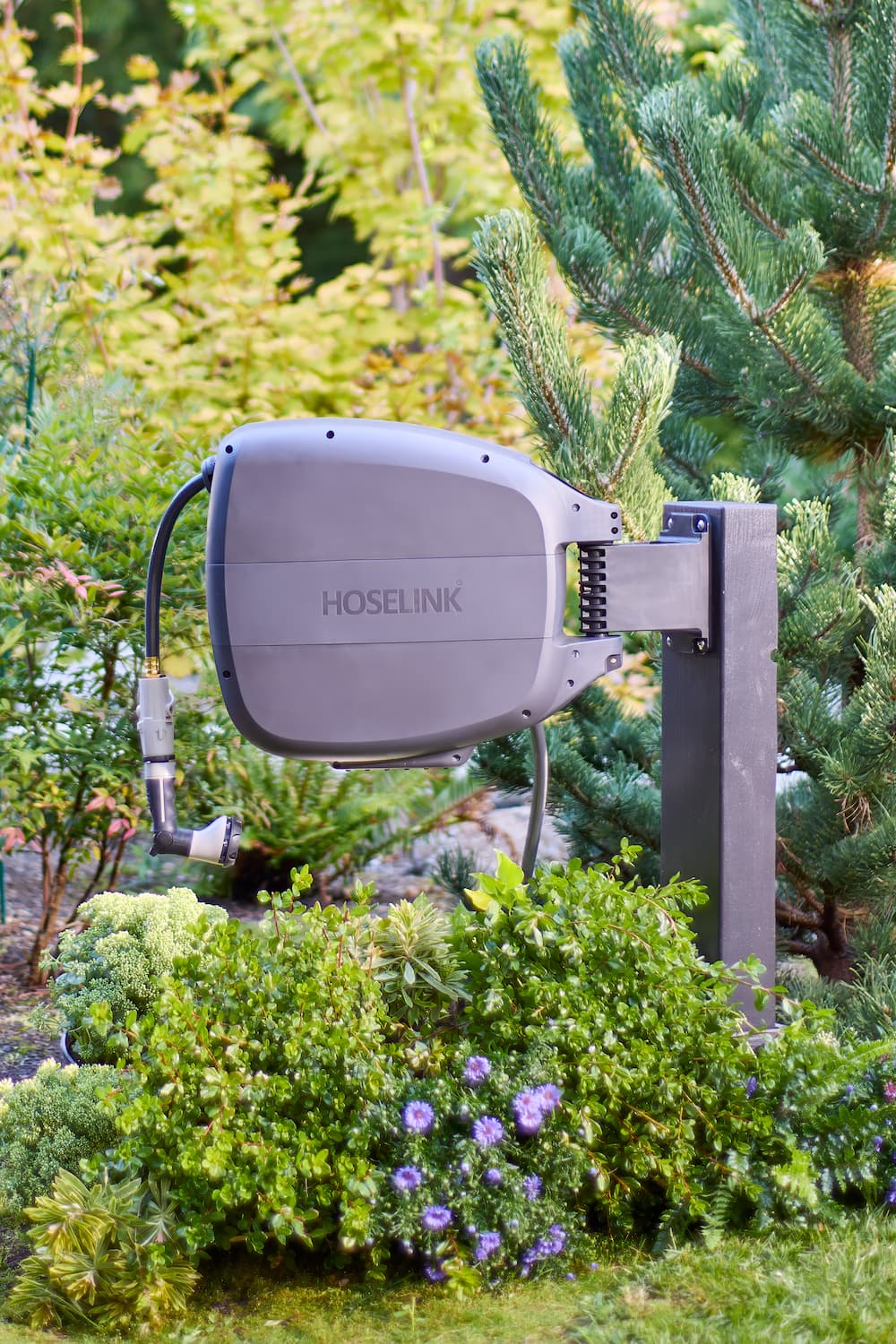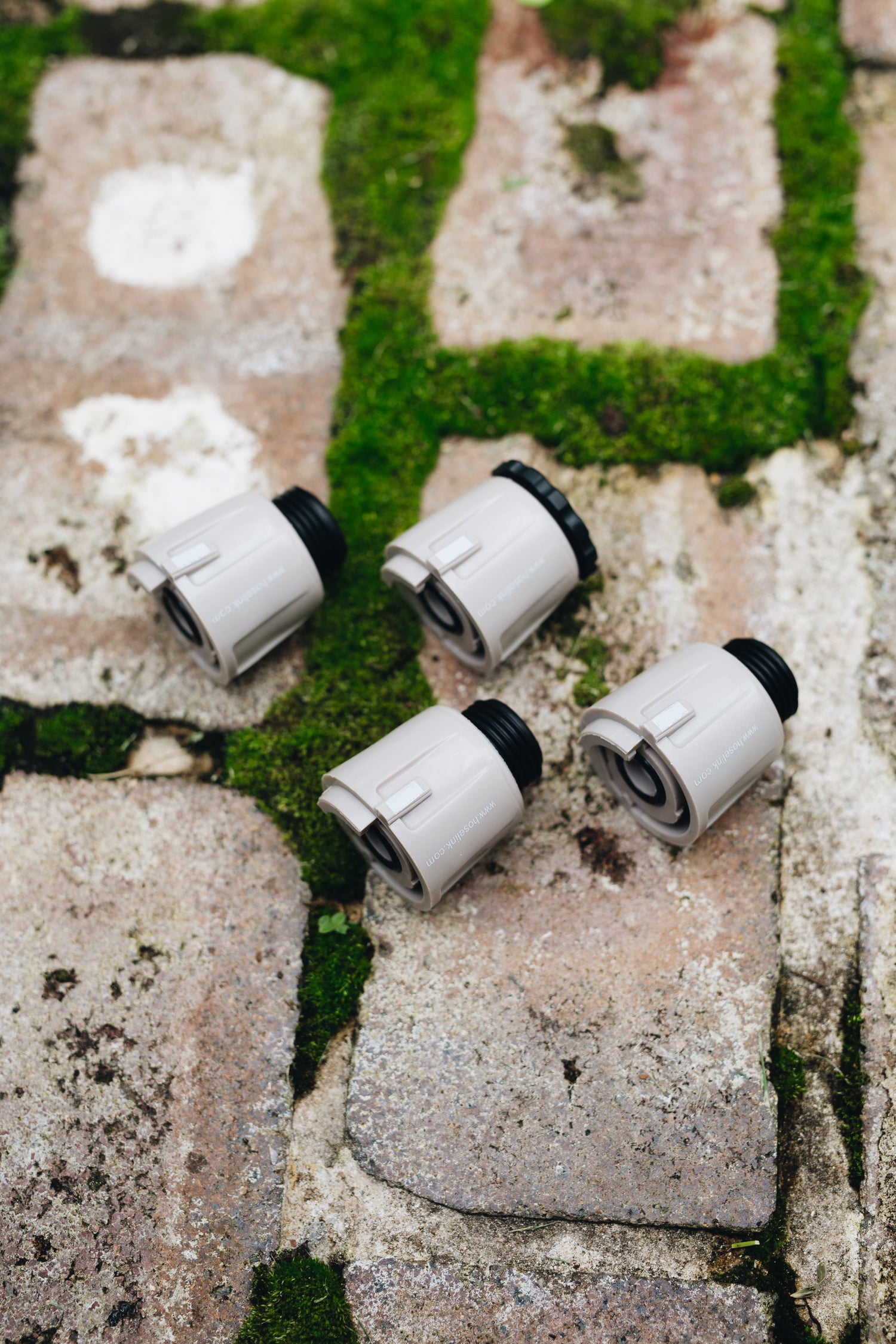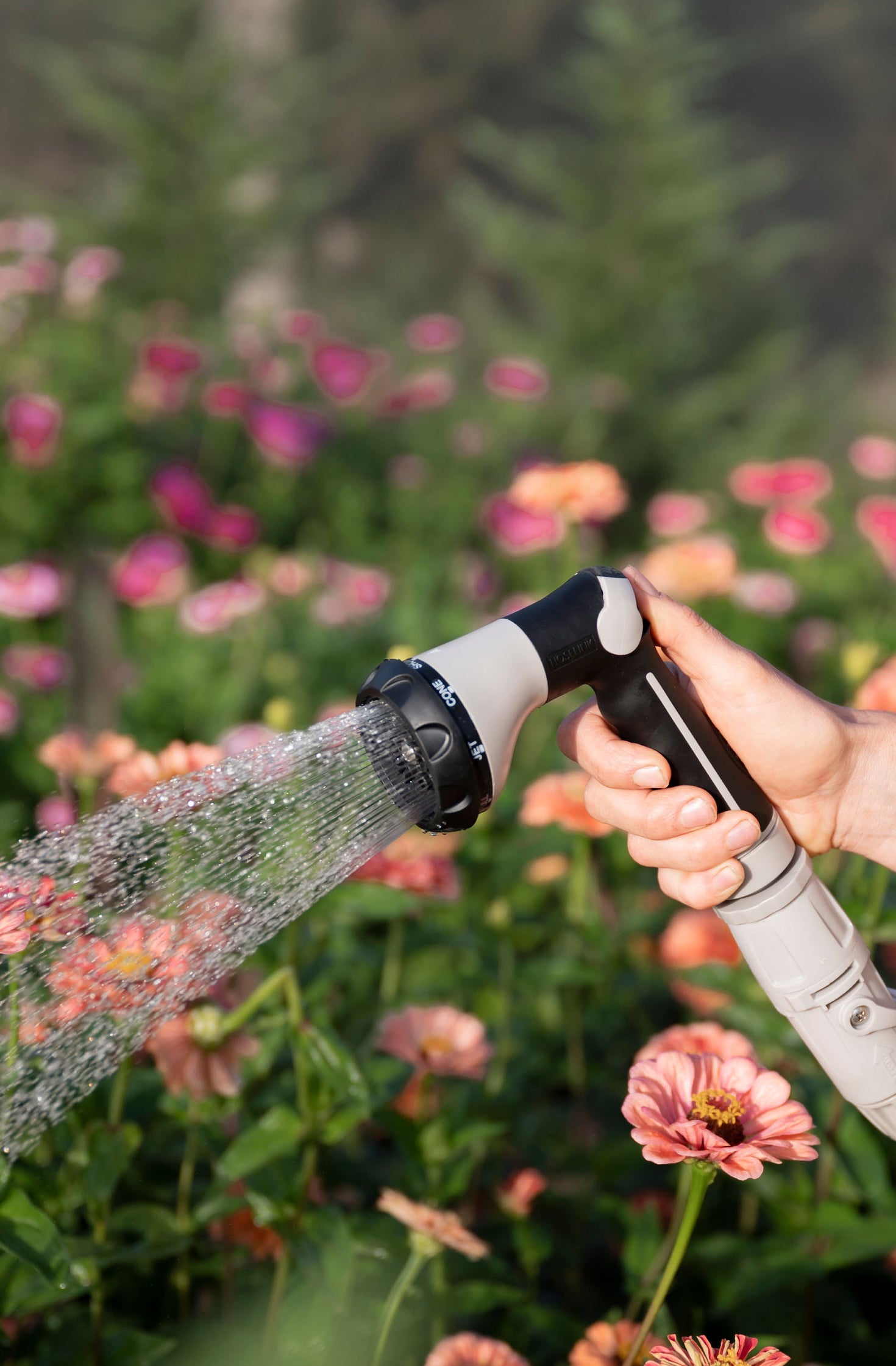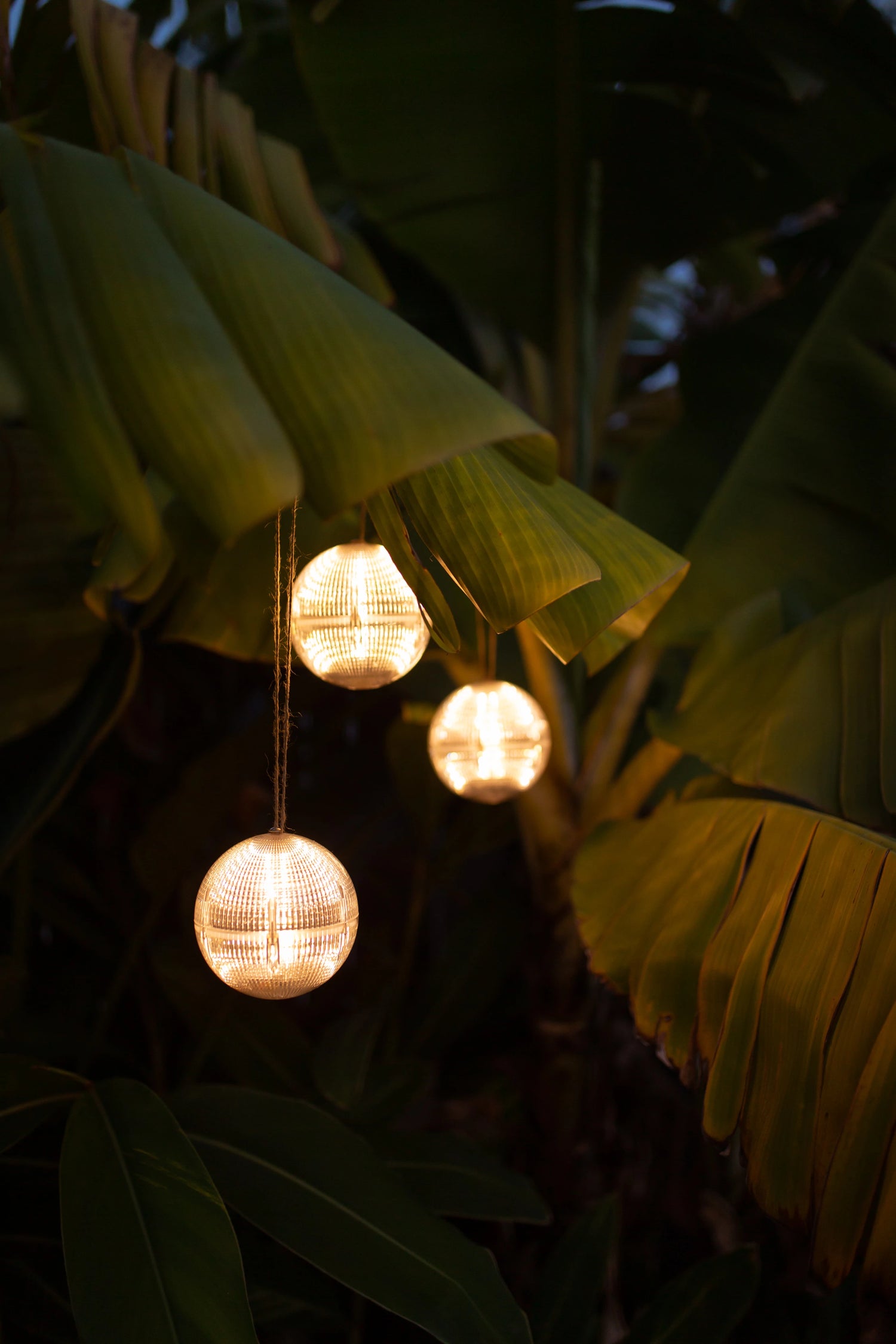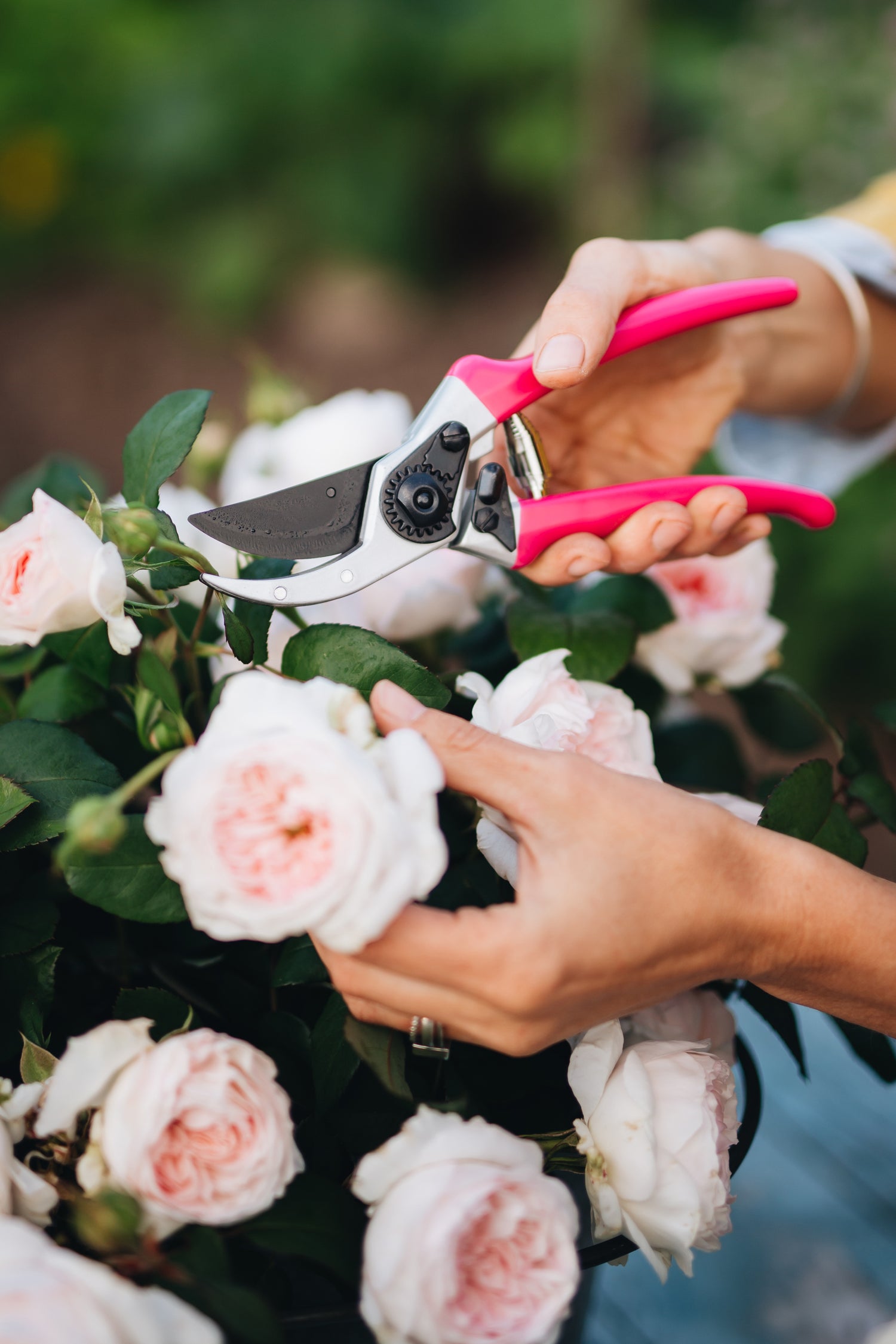Fall is a great time to look back on your garden successes and disappointments throughout the warmer seasons gone by, but don’t sit back and watch the days slip away. Taking the time to plan and prep now can put you in good stead for winter and ensure you’re not caught off guard before the new growing season. Fall often proves to be the best time of year to tidy garden beds, manage your soil, prepare sod and plan ahead for what you want to achieve in spring and summer.
Fall gardening takes advantage of cooler temperatures and fewer insects, which means the maintenance chores you get done now can put the garden to sleep for winter and guarantees a beautiful and bountiful garden next season. Follow our fall gardening tips for a worry-free winter and to give you more free time to enjoy the backyard in spring.
Assess your garden
To take advantage of next spring and summer, ask yourself what worked this year and what didn’t give you the results you were after? What tasks did you actually enjoy? Do yourself a favor and start a list now that you can refer to for inspiration next spring.
Fall is also a good time of year to evaluate your garden tool storage as well as discover which plants may need extra attention as temperatures drop.

Clean Your Tools
Any gardener will tell you that if you treat your tools well, they’ll treat you well back by lasting for longer. Before you start thinking of where to store them for winter, there’s a few different things you can do to prepare your tools for action come spring. Start off with these:
1. Soak and disinfect your tools to remove crusted on dirt or chemical residue. This will also prevent rusting.
2. Sharpen and oil your tools, adding linseed oil to wooden tools and multi-purpose lubricant to steel tools.
3. Empty any remaining gasoline from power tools and clean out their air filters before storing.

Hydrate Your Soil
When the calendar flips from summer to fall, we pack away the swimwear, tanning lotion and pool accessories, but what about the garden hose? Plants need our constant attention throughout summer’s peak, but winter can bring its own dry spell too.
As many regions of the country often suffer through periods of drought over summer, it’s important to ensure that your lawn and plants are watered before they go dormant, which will happen as temperatures drop. Preventing your plants from entering winter dehydration safeguards them from the impending chill and the inevitability of being buried under snow and ice.
However, be mindful not to over-saturate your plants to the point where they’re left in a pool of standing water as this can cause root damage. Hoselink's Soil wetter & Spray Mixer Bundle can help with this!

Apply Mulch
When gardeners think of applying mulch in fall, generally it’s because of the extra layer of protection that plants in cold regions require to prevent them from colder air temperatures. However, mulch can still be applied in fall for the same reason you would in spring, which is to refresh what has broken down. Fall mulching can help your plants to retain moisture, subdue weed growth and defend bare soil from erosion. On top of these benefits, it provides a warmer environment for earthworms and microbes, which can extend their activity longer into the cold season.
In the coldest parts of the country, soil may freeze solid during winter, or rotate through periods of freezing and thawing. Mulching in fall can moderate volatile temperature changes and prevent your soil and roots from going through the periods of stress these weather changes can create.

Plant, Plant, Plant!
In fall, mild air temperatures combined with soil that’s still warm from summer can promote healthy root growth in plants that will return the following season. Bulbs like tulips, daffodils and crocuses are great options. However, if you’re dealing with squirrels, chipmunks or other wildlife in your garden, we recommend spraying your bulbs with repellent or cover your plants with protective wiring.
As for your perennials, once they’ve gone dormant it’s best to clean out some of the excess foliage you’ll have scattered across your garden beds. Make sure to cover them with leaves or grass clippings to help them get through the colder weather.
Remember that regardless of what you plant this fall, it’s important to take care of your new additions. Ideally you should be giving the roots at least four to six weeks to settle and become comfortable with their new surroundings before the surface of your garden freezes over.

What About Houseplants?
It’s easy to get lulled into the idea that because your houseplants spend the majority of their time inside, they don't go through the ups and downs of weather changes. Although they do get the added protection of being inside, it doesn't mean they don't know what's going on or that they don’t need to be treated accordingly.
If you’ve been giving your houseplants some outdoor time and summer sun, you’ll want to bring them back inside once temperatures creep below about 60°F. Make sure to check thoroughly across your pot, soil and the plant’s stems and leaves for any bugs or insects that may have hopped on board. Also, ensure you clean up the top of the soil, removing any dead leaves or debris that may have blown in, which tends to attract pests and generate a home for mould.

Make Use Of All The Fallen leaves
We’ve all got childhood memories of running through the garden, stomping on leaves. The crunch, the colors… a delight for all the senses! But nothing brings you crashing back into adulthood like remembering that you now have to clean them up! If you want to be fun, creative or more efficient in the garden, check out these ideas for making use of fallen leaves.
1. Spread leaves as their own protective mulch: Chopped leaves can be dispersed around your trees, shrubs and garden beds to help preserve soil moisture and control weed growth.
2. Mow over them and let them decompose: Mowing leaves will disintegrate them and allow them to break down quickly over winter, adding nutritious, mineral-rich organic matter to your lawn and garden beds.
3. Make leaf mold: Leaf mold is a variety of homemade compost that involves hardly any work! Simply collect and store your leaves in plastic bags, containers or bins (it’s up to you if you want to shred them). Keep the leaves moist and let the bacteria and fungi take over. By summertime, the leaves will have broken down into a dark pungent mix that’s high in essential nutrients for your plants and soil.
4. Store your own fresh produce: If you’ve got a humid spot around your home, you can store any root veg you may grow between layers of crisp leaves, fresh from your trees. Sprinkle each layer of leaves with water to keep them fresh and you’ll have veggies ready for when you’re in the kitchen.

Save Your Seeds
With many of our plants shutting down over the colder months, Fall is a great time to try and salvage their seeds. Similar to separating your existing plants, saving seeds is a sure-fire way to fill up your garden with new plants without spending a penny, and it’s not hard at all.
It’s important to get your timing right and collect seeds from your existing flora when they’re ripe and ready to disperse, as these will have a greater chance of germinating. If you can, try to collect the seeds during dry weather, as moisture can also impact the germination process. Different plants tend to produce seeds in their own unique ways, but don’t fret over needing some fancy tool or piece of equipment that you don’t have, you’ll only need secateurs for snipping off the seed heads and small paper bags for storage. Unless you plan on planting them immediately, keep the bags in a cool, dry place until you’re ready to start planting!


